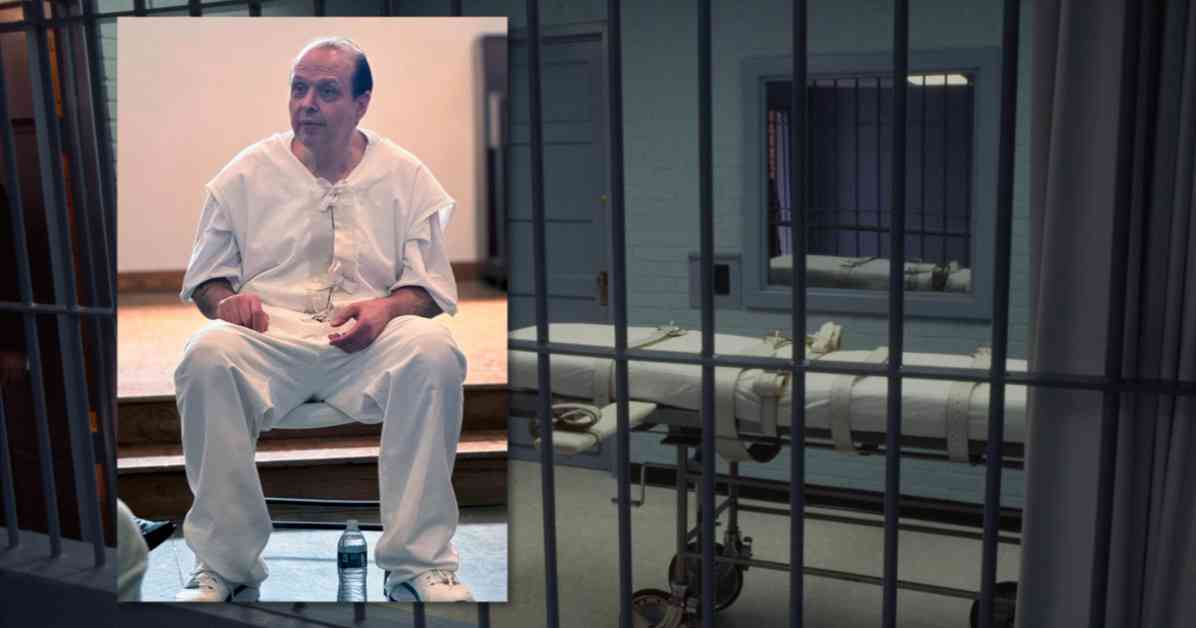Robert Roberson, a 57-year-old man from Texas, is facing the possibility of becoming the first person in the United States to be executed for a murder conviction related to shaken baby syndrome. The case revolves around the death of his 2-year-old daughter, Nikki Curtis, in 2002. Despite maintaining his innocence, Roberson is scheduled to receive a lethal injection on Thursday.
The debate surrounding shaken baby syndrome has been reignited due to Roberson’s case. On one side, there are critics who argue that the diagnosis is flawed and has led to wrongful convictions. On the other side, prosecutors and medical societies assert that the diagnosis is valid and scientifically proven as a leading cause of fatal head injuries in children under 2 years old.
Shaken baby syndrome, now referred to as abusive head trauma, is a severe brain injury caused by shaking or violent impact on a child’s head. The debate stems from the interpretation of symptoms like brain swelling, bleeding around the brain, and bleeding in the eyes, which some critics argue may not always indicate intentional harm.
Roberson’s supporters have raised concerns about the validity of his conviction, citing new evidence that suggests his daughter died from undiagnosed pneumonia that progressed to sepsis. This evidence challenges the prosecution’s claim that Curtis died from injuries inflicted by her father. Despite these developments, the courts have denied Roberson’s requests to stay his execution.
In recent years, there have been instances where convictions related to shaken baby syndrome have been overturned due to advancements in scientific understanding. However, Roberson remains on death row, with his case highlighting the ongoing controversy surrounding this diagnosis.
The implications of Roberson’s potential execution go beyond his individual case. They raise questions about the reliability of shaken baby syndrome diagnoses and the justice system’s approach to cases involving this contentious issue. The broader discussion includes concerns about wrongful convictions, the impact of evolving medical knowledge on legal proceedings, and the need for thorough investigations in cases of suspected child abuse.
As the debate continues, the fate of Robert Roberson underscores the complexities and challenges inherent in addressing shaken baby syndrome within the criminal justice system. The outcome of his case could have far-reaching consequences for future cases involving similar medical controversies and legal uncertainties.









